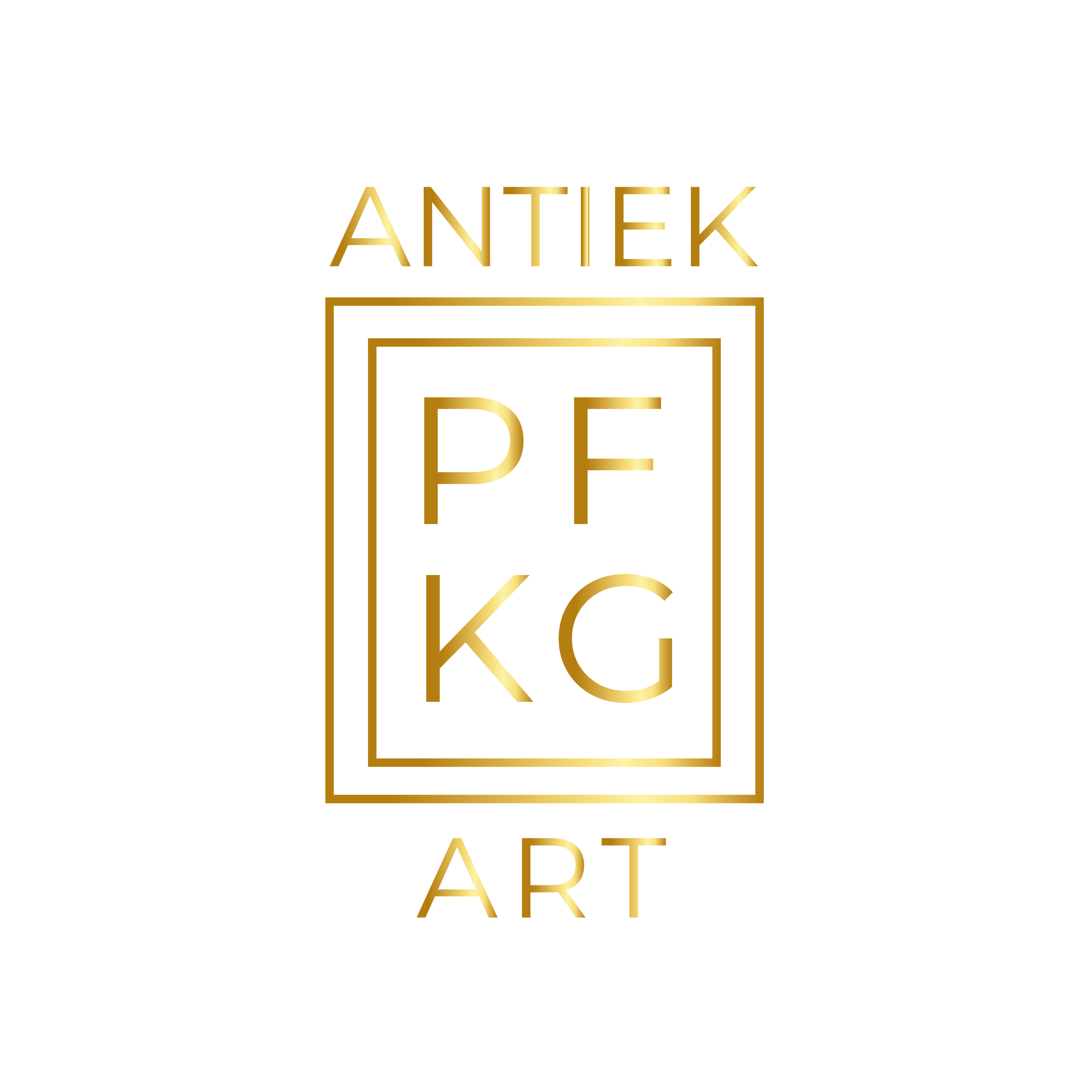Pearlware Pratt creamware “gardiners”, 1820
H 14.2 cm W 9 cm
€ 500,00
Prijs incl. 6% BTW & Verzendingskosten
Meer informatie
Pearlware is the name used for pottery produced by Josiah Wedgewood from 1779, distinguished from his ‘English pottery’ by the greater percentage of flint and white clay in the core and a hint of cobalt oxide in the glaze, giving it a bluish white. glow. Often it concerns objects modeled in relief that were hand-painted underglaze with high-fire lead glazes. Only certain colors could withstand the heat of about 1000-1100oC required for firing the lead glaze. Thus, the repertoire of colors for underglaze painting (which was the contemporary potter’s term) was limited to tin, lead, and antimony for yellow; cobalt for blue; lead and copper for greens. Iron and manganese oxide mixed produced brown tones; manganese alone gave a purplish brown; black was produced by a mixture of iron oxide and cobalt and orange by one of the yellow oxides with the addition of iron oxide.
This figure of a gardener, painted in creamware underglaze polychrome with various high-fire colors topped with a clear lead glaze, represents a centrally placed bocage resting on a spade and holding a planted pot. He is the emblem for the Earth. The bocage consists of four large leaves with several flowers in different colors in relief. It stands on a circular raised base with the word “gardiners” at the bottom. The statue is slip cast and therefore hollow on the inside and also feels light. It was made around 1820. As usual, it is unmarked.
Condition: a number of petals of the flowers are missing on the bocage. Otherwise impeccable status.








Reviews